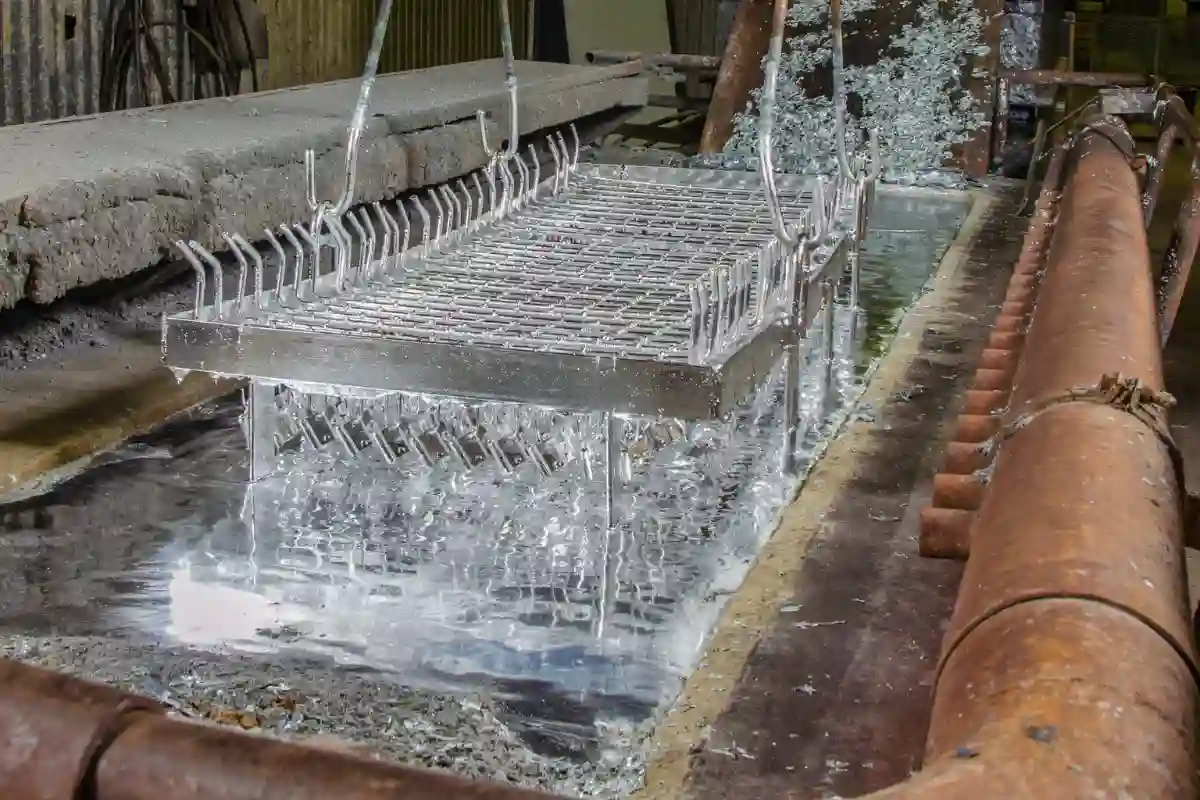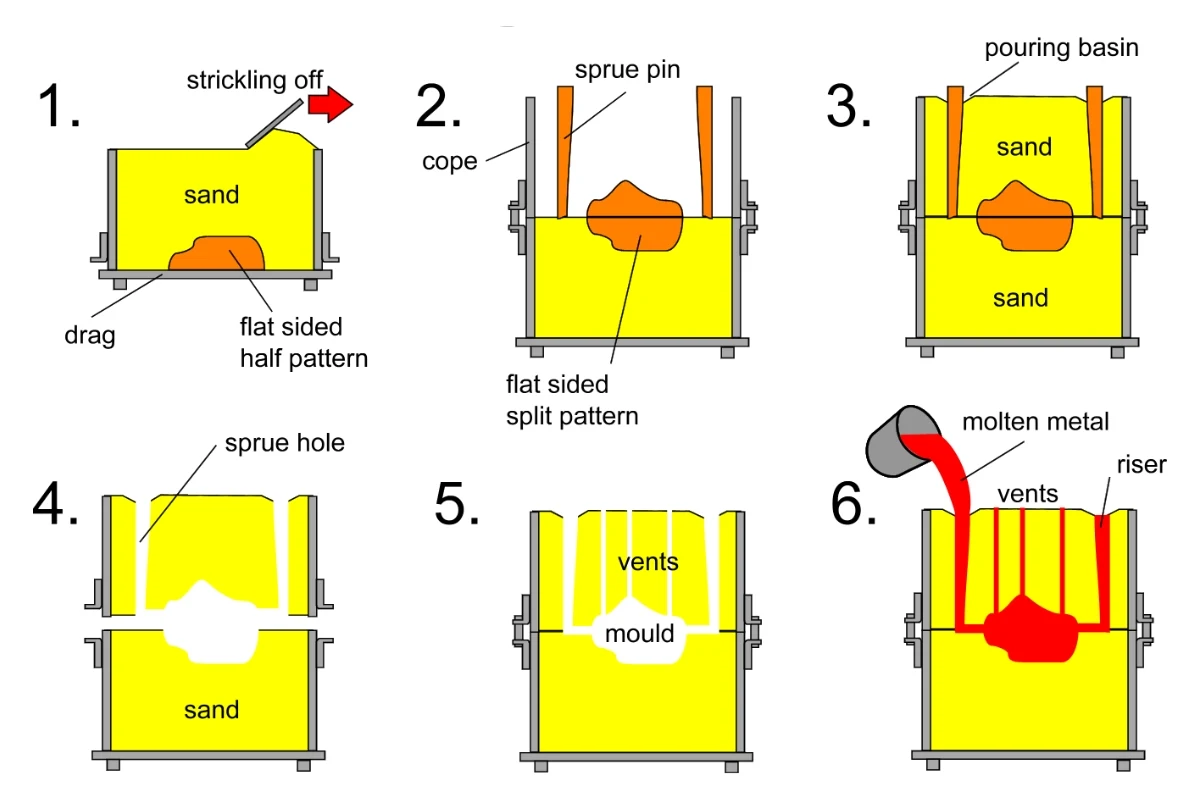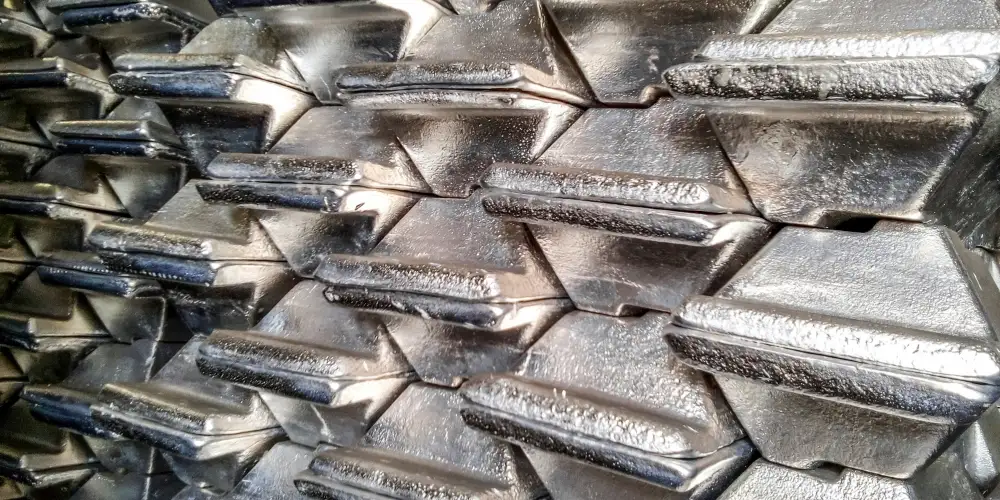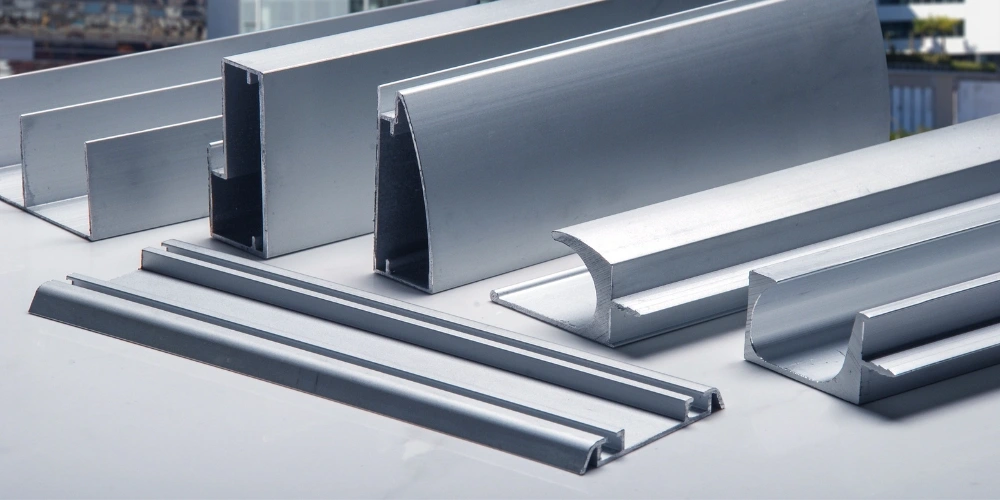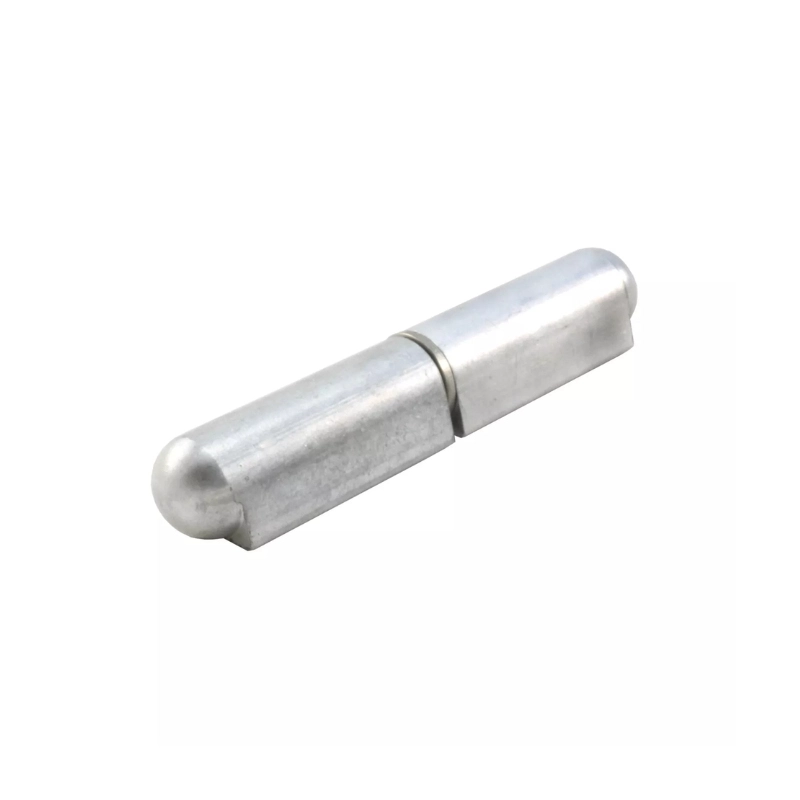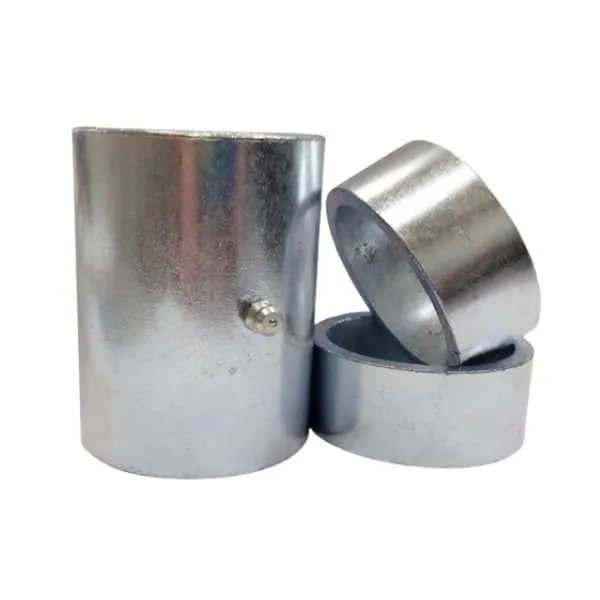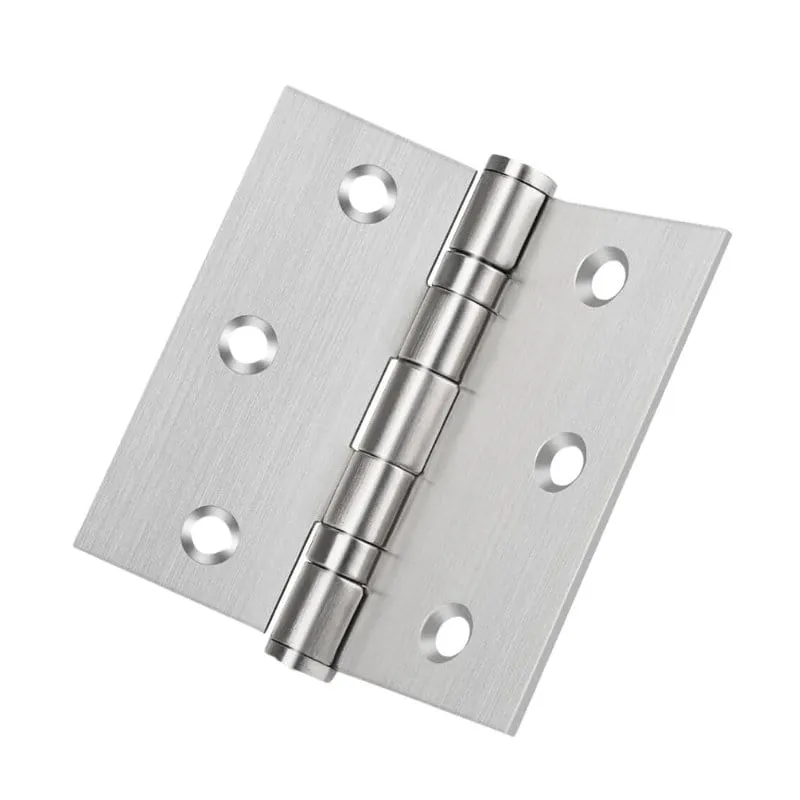Polytetrafluoroethylene (PTFE), known more commonly by the brand name Teflon, is a synthetic polymer with a wide array of applications. PTFE is best known for its non-stick properties, which have revolutionized cookware.
However, this versatile material offers much more, such as excellent chemical resistance, high-temperature stability, and superior insulating properties.
In this blog, we’ll explore PTFE’s history, chemical structure, key properties, processing methods, and applications across various industries, as well as its limitations and common misconceptions.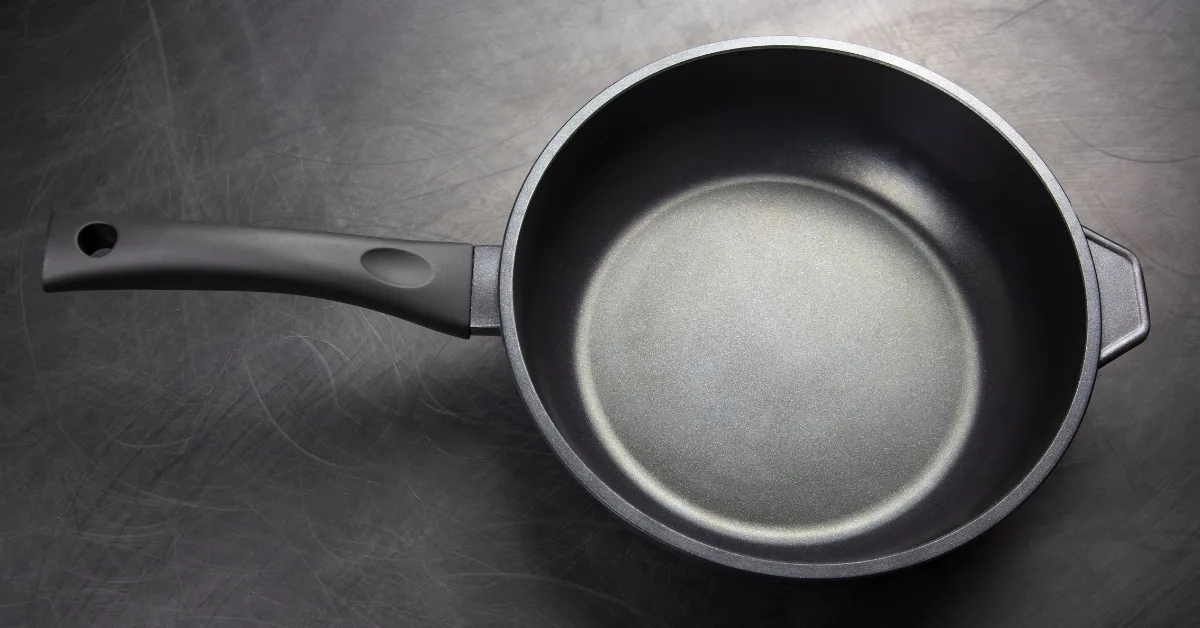

The History of PTFE
Polytetrafluoroethylene was discovered by accident in 1938 by Dr. Roy Plunkett, a chemist at DuPont. While experimenting with refrigerant gases, he inadvertently created a white, waxy substance that was slippery and resistant to most chemicals. Upon further study, this new substance was identified as PTFE, and DuPont quickly recognized its potential. In the 1940s, PTFE was patented and later branded as Teflon.
Initially, PTFE’s unique properties found applications in military and industrial sectors, particularly in areas that required resistance to extreme temperatures and corrosive chemicals. During World War II, PTFE was used in the development of atomic weapons, as it could resist the highly reactive uranium hexafluoride used in the production process. After the war, its commercial potential was realized, and by the 1950s, Teflon-coated non-stick cookware was introduced to the consumer market, making PTFE a household name.
Beyond cookware, PTFE was soon adopted by the aerospace industry, where its ability to withstand extreme conditions made it ideal for use in aircraft and spacecraft. The material’s durability and versatility have since solidified its role in many modern industries, including automotive, medical, and electronics.
The Chemical Compount for Teflon and How It’s Made
The chemical structure of PTFE is based on carbon and fluorine atoms, forming the formula (C₂F₄)n. The fluorine atoms are tightly bound to the carbon backbone, which gives PTFE its remarkable resistance to chemical reactions. This structure makes PTFE highly stable, non-reactive, and ideal for use in harsh environments.
PTFE is manufactured through the polymerization of tetrafluoroethylene (TFE), a gaseous monomer. The polymerization process takes place under high pressure, with a free-radical initiator used to form long chains of PTFE. These chains create a stable polymer that can be shaped into various forms, including PTFE sheets, films, and tubing.
The production of PTFE requires strict control over temperature and pressure to ensure the material’s high quality. Once the raw PTFE polymer is produced, it undergoes additional processing steps like extrusion, molding, or coating, depending on the final application. This versatility in manufacturing has enabled PTFE to be adapted for use in industries ranging from household products to aerospace technology.
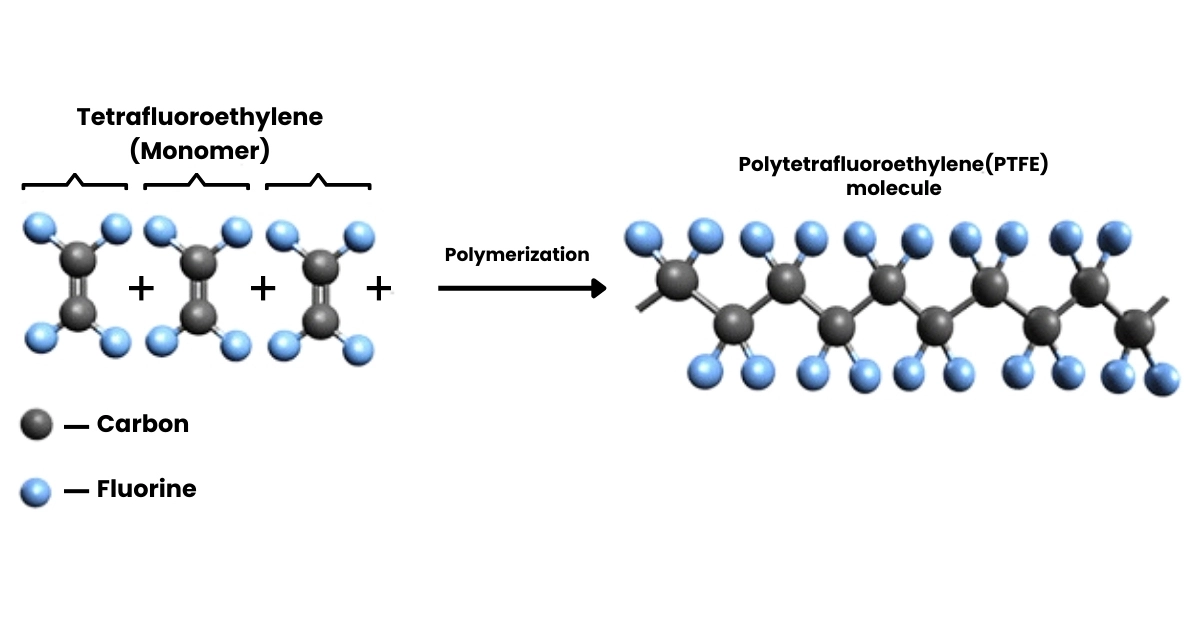

Properties of PTFE
Polytetrafluoroethylene is prized for its unique combination of properties, which make it suitable for a wide variety of demanding applications. One of the most important properties of PTFE is its extremely low coefficient of friction, which is why it’s widely used in non-stick surfaces, such as in cookware.
In addition to being non-stick, PTFE is highly resistant to most chemicals, making it ideal for use in environments that involve exposure to corrosive substances, such as in chemical processing plants. PTFE can also withstand temperatures up to 260°C (500°F) without degrading, making it suitable for high-temperature applications.
PTFE is hydrophobic, meaning it repels water, which helps protect surfaces from moisture and corrosion. It also exhibits excellent electrical insulation properties, which is why PTFE is commonly used in the electronics industry for wire insulation and circuit board components. Additionally, PTFE is UV resistant, so it can be used in outdoor applications without deteriorating from sun exposure.
Finally, PTFE has self-lubricating properties, meaning it can reduce friction without the need for external lubricants, making it ideal for bearings and gears in machinery. These characteristics make polytetrafluoroethylene one of the most versatile materials in modern manufacturing.
Processing Methods for PTFE
The processing methods for PTFE are varied and depend on the specific application. One of the most common methods is extrusion, which is used to produce PTFE tubes, rods, and other linear products. Extrusion allows PTFE to be shaped into continuous forms that can be cut to specific lengths for use in different industries.
Another important processing method is compression molding, which is often used for manufacturing large or complex parts like gaskets, seals, and bushings. In this process, raw PTFE powder is compressed in a mold and heated to form a solid part.
PTFE coating is another widely used method, particularly in applications requiring non-stick properties. PTFE coatings are applied to cookware, industrial tools, and even automotive parts to improve durability and performance. PTFE can also be applied as a spray lubricant, reducing friction and wear in machinery.
The versatility of PTFE processing methods ensures that the material can be adapted to meet the needs of a wide range of industries, from food preparation to aerospace engineering.


Applications of PTFE
Polytetrafluoroethylene has a wide range of applications across different industries due to its unique properties. In the consumer market, PTFE is best known for its use in non-stick cookware, where its slippery surface prevents food from sticking to pans, making cooking and cleaning easier.
In the industrial sector, PTFE tape is widely used by plumbers to seal pipe threads and prevent leaks. PTFE’s chemical resistance makes it ideal for use in harsh chemical environments, such as in chemical processing plants where equipment is exposed to corrosive substances.
In the automotive industry, PTFE is used in the manufacture of fuel hoses and gaskets, where its ability to resist high temperatures and chemicals ensures reliable performance in demanding conditions. PTFE tubing is also used in various fluid transfer applications, particularly in environments where chemical resistance is critical.
In the medical field, PTFE is used in surgical implants, such as vascular grafts, due to its biocompatibility and resistance to degradation inside the human body. Additionally, PTFE is found in dental floss, where its non-stick properties help it glide smoothly between teeth.
PTFE is also widely used in the electronics industry for its insulating properties. PTFE sheets are used to insulate wires and cables, while PTFE films are used in circuit boards and other electrical components. In aerospace, PTFE is valued for its resistance to extreme temperatures, making it ideal for use in aircraft and spacecraft.


Limitations of PTFE
While PTFE offers numerous advantages, it also has some limitations. One of the primary concerns with polytetrafluoroethylene is its potential to release harmful fumes when exposed to temperatures above 350°C (662°F). These fumes can be toxic, posing health risks if PTFE is used in applications involving high heat, such as improperly maintained non-stick cookware.
Another limitation is the cost of PTFE processing. Compared to other polymers, PTFE can be more expensive to manufacture due to its complex polymerization process and the need for specialized equipment. This higher cost limits its use in low-budget or high-volume consumer goods.
Additionally, PTFE is susceptible to radiation damage, which can degrade its properties over time. This makes it unsuitable for applications that involve high levels of radiation exposure, such as in certain nuclear or medical environments.
Finally, PTFE is relatively soft and can be prone to deformation under high mechanical stress, limiting its use in applications requiring high structural strength.
Misconceptions About PTFE
There are several misconceptions about PTFE and Teflon, the most common being the belief that PTFE and Teflon are different materials. In reality, Teflon is just a brand name for polytetrafluoroethylene, and both terms refer to the same substance.
Another common misconception is that PTFE is dangerous to human health. While PTFE is safe to use in everyday products, like non-stick cookware and PTFE tape, it can release harmful fumes at very high temperatures. However, under normal conditions, PTFE is non-toxic and safe for use in household items and industrial applications.
Many people also believe that PTFE’s primary use is in cookware. However, as we’ve seen, polytetrafluoroethylene is widely used in industries ranging from medical devices to automotive parts and chemical processing. Its applications extend far beyond the kitchen.
Conclusion
In conclusion, polytetrafluoroethylene is an extraordinary material that has revolutionized numerous industries due to its unique properties. From non-stick cookware to critical components in aerospace, PTFE continues to play an essential role in modern manufacturing.
If you need high-quality CNC machined PTFE components, HDC specializes in delivering custom solutions for a wide range of applications, ensuring precision, durability, and performance.
Discover more with our blog posts.
Recent Posts
Discover more about our products.
Related Products
Instant Quote!

